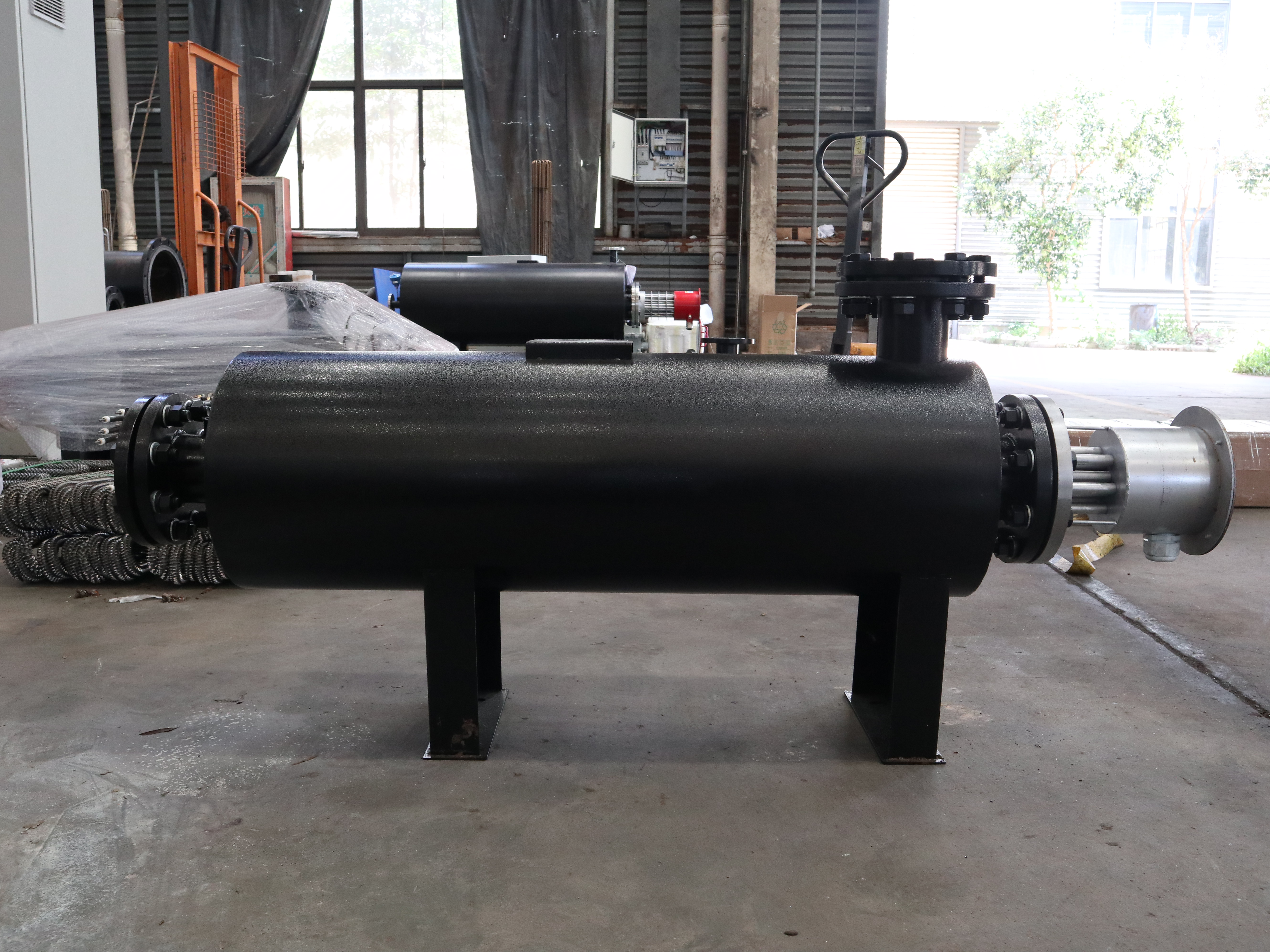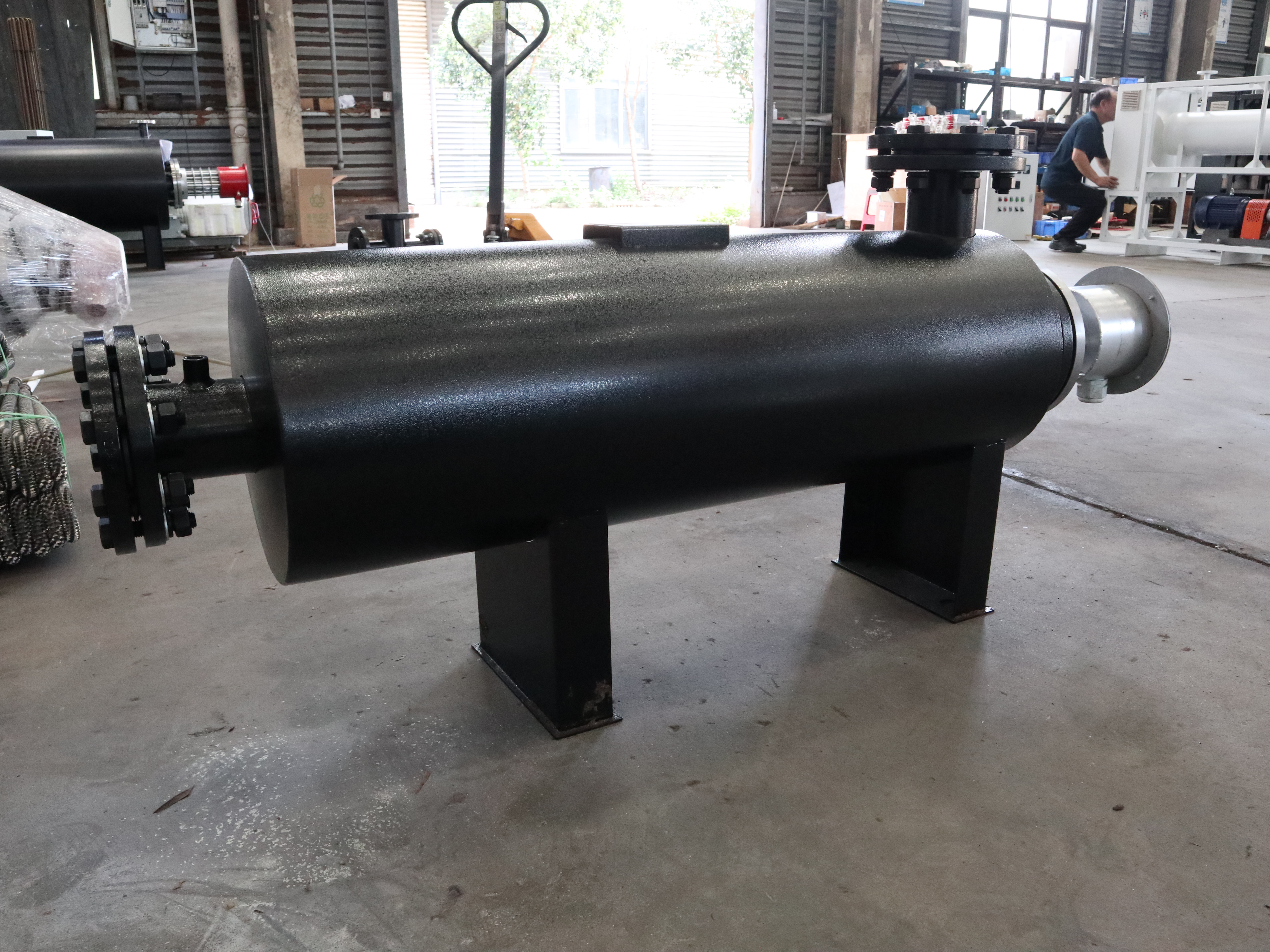1. Power matching
Calculate the required power: First, determine the power required to heat the compressed air. This requires consideration of the compressed air flow rate, initial temperature, and target temperature. Calculate the required power according to the formula.
Consider margin: In practical selection, it is best to add a margin of 10% -20% on the basis of calculating power. This is because in practical use, there may be a slight increase in air flow and low ambient temperature, and an appropriate margin can ensure that the heater can meet the heating needs.
2. Temperature control accuracy
High precision application scenarios: In some temperature sensitive industries such as pharmaceuticals and food processing, high-precision temperature control is required. For these applications, electric heating compressed air heaters with even higher temperature control accuracy should be selected. In the pharmaceutical industry, precise temperature control is crucial for drug quality. For example, small changes in compressed air temperature during drug freeze-drying may affect the drying effect and quality of the drug.
General accuracy scenario: For ordinary industrial applications, a temperature control accuracy of around may be sufficient. In this case, a heater with relatively lower price and slightly lower temperature control accuracy can be chosen.
3. Quality of heating element
Material type: The heating elements of electric heating compressed air heaters commonly include stainless steel heating tubes, ceramic heating elements, etc. Stainless steel heating tubes have good thermal conductivity and corrosion resistance, making them suitable for most industrial environments. Ceramic heating elements have the characteristics of fast heating, high thermal efficiency, and stable performance in high-temperature environments. For example, in high-temperature and dry industrial environments, ceramic heating elements may have more advantages.
Service life assessment: High quality heating elements have a long service life, and the expected service life of heating elements can generally be understood by checking the product manual or consulting the manufacturer. Heating elements with long service life can reduce the frequency of equipment replacement and maintenance costs. For example, some high-quality stainless steel heating tubes can have a service life of several years under normal usage conditions.

4. Safety performance
Electrical safety:
Insulation performance: Electric heaters must have good insulation performance to prevent leakage. You can check the insulation resistance index of the product, which generally requires an insulation resistance of not less than 1M Ω. At the same time, the heater should have a grounding protection device to ensure that the current can be introduced into the ground in case of leakage, ensuring personal safety.
Overload protection: The heater should be equipped with an overload protection device, which can automatically cut off the power supply when the current exceeds the rated value, preventing the heating element from being damaged due to overheating. For example, some advanced electric heaters are equipped with intelligent overload protection systems. When an overload occurs, not only can the power be cut off, but an alarm signal can also be issued.
Explosion proof performance (if necessary): Explosion proof electric heating compressed air heaters must be selected in environments with flammable and explosive gases, such as petrochemical and natural gas processing sites. These heaters are specially designed to prevent external gas explosions caused by internal electrical sparks and other factors. Explosion proof heaters usually comply with relevant explosion-proof standards, such as Exd Ⅱ BT4, etc. Their shells can withstand certain explosive pressures and have good sealing performance to prevent flammable and explosive gases from entering.

5. Material and Structure
Shell material: The shell material should be able to withstand a certain temperature and be corrosion-resistant. Generally, stainless steel or carbon steel materials are used. Stainless steel shells (such as 304 and 316 stainless steel) have good corrosion resistance and are suitable for environments with humidity or corrosive gases. Carbon steel casing has a lower cost, but may require additional anti-corrosion treatment.
Internal structure design: Good internal structure design helps improve heating efficiency and air flow uniformity. For example, adopting a finned structure can increase the heat transfer area, allowing compressed air to absorb heat more fully. At the same time, the internal structure should be easy to maintain and clean, in order to promptly remove any accumulated dust and impurities, ensuring the performance of the heater.
6. Size and installation requirements
Size adaptation: Select the appropriate size of heater based on the size of the installation space. If the installation space is limited, it is necessary to choose a heater with a smaller volume. At the same time, it is necessary to consider the coordination between the external dimensions of the heater and the surrounding equipment and pipelines. For example, in some compact industrial cabinets, it is necessary to choose a small pipeline type electric heating compressed air heater for installation.
Installation method: There are various installation methods for electric heating compressed air heaters, such as wall mounted, pipeline mounted, etc. Pipeline heaters can be directly installed on compressed air pipelines, making them easy to integrate into existing air systems and allowing compressed air to be heated during the flow process, resulting in a more uniform heating effect. During the installation process, it is important to ensure a secure connection and good sealing to prevent air leakage.
Post time: Feb-07-2025




